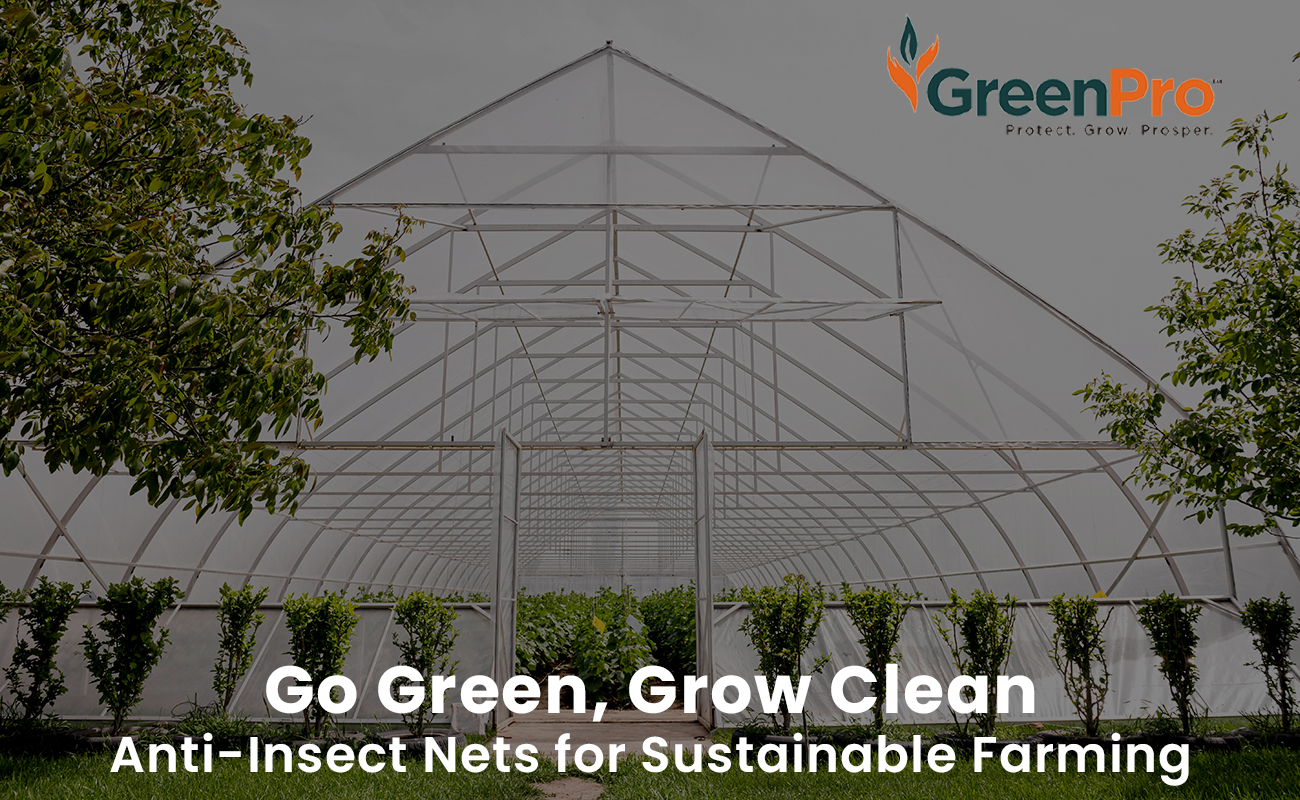Anti Insect Net Lead the Way in Sustainable Crop Protection

In recent years, the agricultural sector has been exploring more sustainable methods to protect crops from pests. One of the promising solutions is the Anti Insect Net, a tool that not only minimizes the need for harmful pesticides but also claims to be environmentally friendly.
But how “green” are these anti-insect nets, and do they truly align with eco-friendly farming practices?
The Role of Anti-Insect Net in Sustainable Agriculture
The Anti Insect Net is designed to create a physical barrier between crops and harmful insects. It reduces the reliance on chemical pesticides, which often have harmful effects on both the environment and human health. By preventing insects from reaching the crops, farmers can lower their pesticide usage and, as a result, minimize the pollution of soil and water systems.
But the question remains: is this solution truly as green as it seems?
Key Benefits of Anti-Insect Nets
- Reduced Pesticide Usage
The primary benefit of using an Anti Insect Net is the significant reduction in pesticide use. According to studies, farmers using these nets report up to a 50% decrease in pesticide applications. This not only lowers the chemical residue on crops but also prevents the harmful runoff of pesticides into nearby water sources, which can have devastating effects on aquatic ecosystems. - Improved Crop Quality
By keeping pests away from crops, farmers often experience improved yields and better-quality produce. Crops grown under the protection of anti-insect nets are less likely to suffer from pest-related damage, which can lead to fewer harvest losses. This translates into more efficient use of land, water, and resources, contributing to sustainable farming practices. - Lower Carbon Footprint
Reducing pesticide applications means fewer tractor trips to spray fields, which directly cuts down on fuel consumption and greenhouse gas emissions. This is a significant advantage in the ongoing battle against climate change, as agriculture is a major contributor to global emissions.
Environmental Concerns: Is the Anti-Insect Net Truly Green?
While the Anti Insect Net offers clear advantages, some questions arise regarding its production, use, and disposal.
- Material and Manufacturing Process
Most anti-insect nets are made from plastic-based materials, such as polyethylene. The production of these plastics requires fossil fuels and can contribute to carbon emissions. Additionally, the manufacturing process itself often involves the use of chemicals that may not align with the principles of sustainability. - Durability and Longevity
On the positive side, anti-insect nets are designed to last for several growing seasons, reducing the need for frequent replacement. A durable Anti Insect Net can last anywhere from 3 to 5 years, depending on the material quality and environmental conditions. This longevity helps offset the initial environmental impact of production. - End-of-Life Concerns
Disposal of these nets, however, poses a challenge. Like many plastic products, anti-insect nets do not biodegrade easily, leading to potential waste management issues. If not properly recycled, they can contribute to plastic pollution, which is a growing global concern. Some manufacturers have started offering recycling programs for used nets, but widespread adoption of these practices is still in its infancy.
Are they the Future of Sustainable Agriculture?
Given the environmental benefits and potential concerns, it’s worth asking whether Anti Insect Net technology represents a truly sustainable solution. The answer, in part, depends on how they are integrated into broader agricultural practices.
- Complementary to Organic Farming
In organic farming, where the use of synthetic pesticides is restricted, anti-insect nets can play a crucial role in maintaining crop health without compromising the environment. By acting as a physical barrier, these nets help organic farmers avoid pests naturally, while still adhering to eco-friendly standards. - Waste Management and Recycling Initiatives
To enhance the sustainability of anti-insect nets, manufacturers and farmers alike must prioritize proper disposal and recycling. By ensuring that nets are either repurposed or recycled at the end of their life cycle, we can mitigate the environmental risks associated with plastic waste. - Innovation in Materials
The future may also bring innovations in the materials used to produce anti-insect nets. Researchers are already exploring biodegradable alternatives and more eco-friendly production methods that could reduce the environmental impact of these tools even further. With continued advancements, the Anti Insect Net could become an even greener solution for sustainable farming.
Bottom Line
While the Anti Insect Net presents some environmental challenges, its benefits far outweigh its drawbacks. By significantly reducing pesticide use, improving crop quality, and lowering carbon emissions, these nets support a more sustainable approach to farming. However, the use of plastic-based materials and disposal issues remain areas of concern that need addressing.
